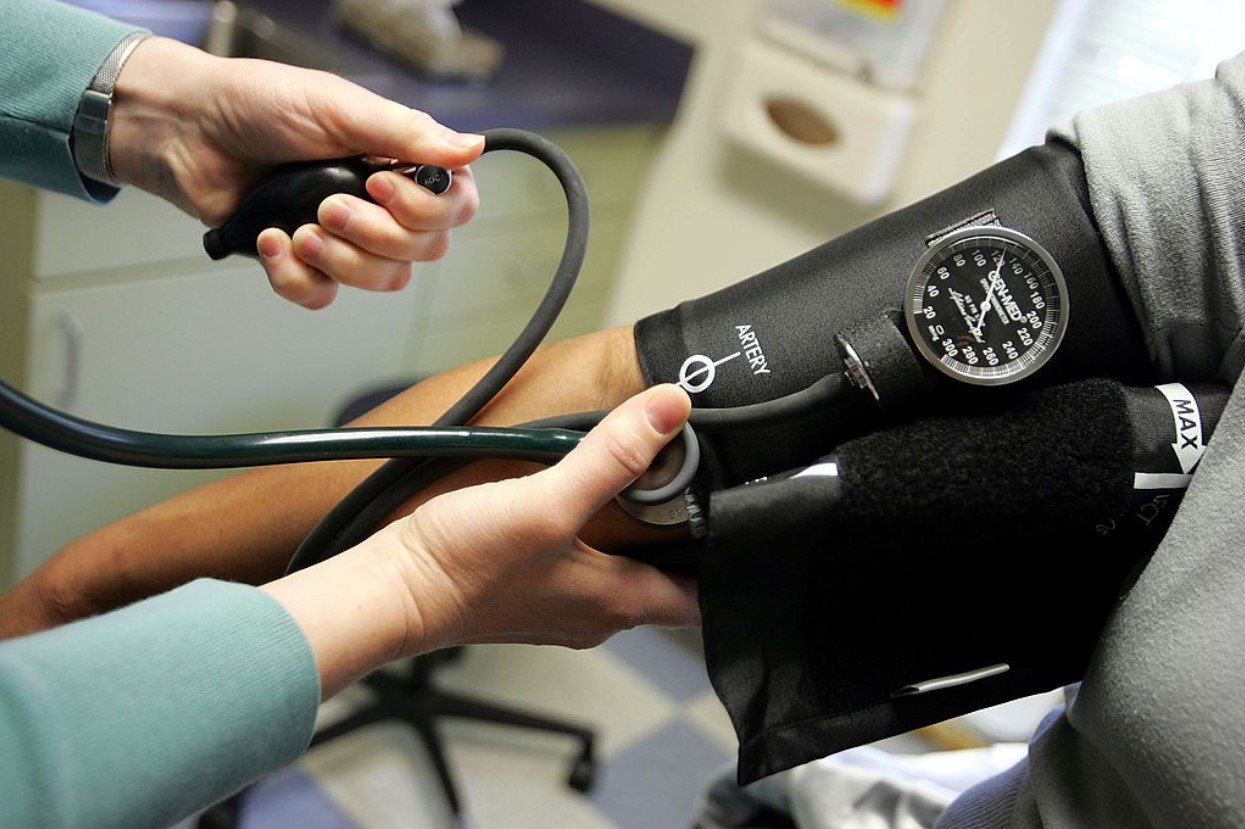It’s time to challenge the stereotype: Heart attacks are no longer confined to the elderly. Recent research indicates a troubling rise in heart attacks among people under 50.
This alarming trend is shifting the focus from traditional risk groups to younger populations, questioning how someone as young and fit as a professional athlete could suffer from heart issues. Experts, spurred by incidents like Buffalo Bill’s Damar Hamlin’s cardiac arrest in 2023, are digging deeper into why the younger generation is increasingly at risk.
The Silent Killer: High Blood Pressure

High blood pressure is sneaking up on the young, silently paving the way for heart issues. Often unnoticed until severe health problems arise, elevated blood pressure in youth can lead to significant heart damage over time.
Young adults are encouraged to monitor their blood pressure regularly, as early adulthood hypertension is linked to coronary heart disease and heart failure later in life. This once-labeled “older person’s condition” is now a young adult’s concern.
The Weight of the Matter: Obesity

Obesity’s impact transcends age, contributing significantly to the rise in heart attacks among young adults. This condition doesn’t directly cause heart attacks but leads to other risk factors like high cholesterol and diabetes, culminating in increased artery plaque buildup.
The concerning trend is mirrored in research showing obesity rates doubling over the past 30 years, pushing more young individuals into the high-risk zone for heart conditions earlier in life.
Diabetes: The Young Adult’s Burden

Type 2 diabetes is increasingly becoming a young adult issue, doubling among teens and young adults in the last two decades. This condition exacerbates heart attack risks, damaging blood vessels and nerves controlling the heart.
The Centers for Disease Control and Prevention highlights that having diabetes at a young age doubles the risk of heart disease, marking a significant shift in the demographic landscape of this traditionally older-age disease.
Cholesterol: A Sticky Situation

High cholesterol is starting to affect younger demographics at an alarming rate, contributing to the growing number of heart attacks in this age group. High cholesterol leads to fatty deposits in blood vessels, increasing heart attack risk.
Disturbingly, about one in 13 young individuals now struggles with high cholesterol levels, underlining the urgent need for lifestyle changes and regular health screenings among the youth.
The COVID-19 Connection

The COVID-19 pandemic has unveiled new cardiovascular risks, especially for the younger population. Studies show significant heart-related complications persist long after recovery from the virus (via Bloomberg).
Young individuals, once considered low-risk for COVID-19 complications, are facing substantial aftereffects on their heart health, contributing to the uptick in young adult heart attack cases.
Blood Vessel Tears

Young women are particularly vulnerable to a less-known cause of heart attacks: spontaneous coronary artery dissection (SCAD). This condition involves tears in blood vessels, leading to blocked arteries and heart attacks.
Unlike traditional risk factors, SCAD can strike without warning, particularly affecting young patients who have recently given birth, highlighting a unique and gender-specific risk in heart health discussions.
Inherited Troubles: Family History

Genetics plays a significant role in heart health, with a clear link between family history and increased risk of heart disease. Young adults with parents or siblings who experienced heart disease at an early age face higher risks themselves.
This connection emphasizes the importance of knowing and understanding one’s family health history as part of comprehensive heart risk assessments.
Lifestyle Choices: Substance Abuse

Substance abuse, including marijuana, cocaine, and opioids, is significantly contributing to the rise in heart attack rates among younger adults.
These substances can lead to severe cardiovascular issues, highlighting the need for increased awareness and prevention efforts targeting young individuals, steering them away from habits that could lead to early heart conditions.
Mental Health and the Heart

The link between mental health and cardiovascular health is becoming increasingly apparent, especially among young adults. Stress, anxiety, and depression are not just mental health issues.
According to the CDC, they have significant physical health implications, contributing to the rise in heart attack rates among the young. Addressing mental health is a crucial step in preventing heart-related issues and promoting overall well-being.
Recognizing the Signs

Dubbed “silent heart attacks,” young adults often miss the signs of an actual heart attack, attributing symptoms to less serious conditions. Education on recognizing heart attack signs, such as chest pain, shortness of breath, and unusual fatigue, is vital.
Timely recognition and response can be the difference between life and death, emphasizing the need for widespread awareness campaigns targeting younger demographics, especially women.
Prevention and Awareness

Preventing heart attacks in young adults starts with awareness and lifestyle changes. Regular health checkups, a balanced diet, physical activity, and stress management are crucial steps.
By educating young people on the risks and encouraging proactive health measures, we can combat the rising trend of heart attacks in younger populations and promote a healthier future for all.








































